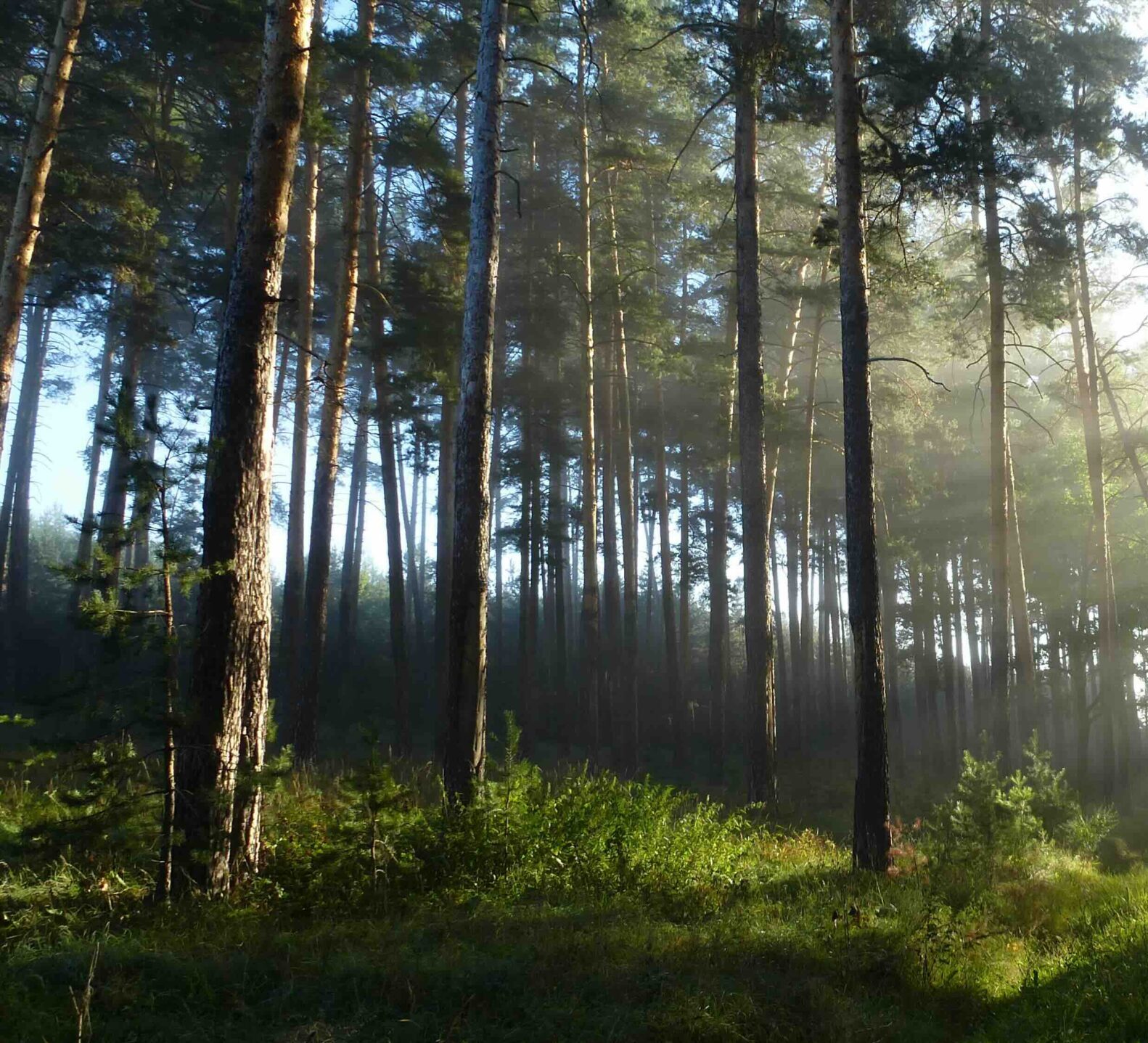This website uses cookies so that we can provide you with the best user experience possible. Cookie information is stored in your browser and performs functions such as recognising you when you return to our website and helping our team to understand which sections of the website you find most interesting and useful.
Active Conservation and Sustainable Management on U.S. Forestlands


U.S. FORESTS ARE LOST EVERY YEAR
Every year, the United States loses more than three million acres (1.2 million hectares) of forestland to other land uses, such as real estate development, agriculture or mining. The highest rates of forest loss tend to be around fast-growing suburban areas, as well as in areas of agricultural expansion. Nearly 40% of forestland in the US is owned by families and individuals. When the financial value of a forest is significantly less than the value an owner could achieve from other land uses, there is a risk of forest conversion.
As forestland is converted to other land uses, previously stored carbon is emitted into the atmosphere. Globally, deforestation and forest degradation contribute 12-20% of greenhouse gas emissions.
In the United States, forests comprise the largest carbon sink, capturing and storing 13% of the nation’s annual greenhouse gas emissions. Nonetheless, forest loss continues to represent a substantial source of U.S. carbon emissions, counteracting approximately 20% of the gross carbon sequestered by annual forest growth. Forest loss also negatively impacts biodiversity, drinking water, recreation, and cultural values.
Forests are critical to achieve the goals of the Paris Climate Agreement. One key strategy is to prevent the conversion of forests to other land uses.
CARBON MARKETS CAN INCENTIVIZE FOREST CONSERVATION
The fate of a forested parcel often comes down to a financial decision. Carbon markets have emerged as an important tool to conserve forests by creating a financial incentive for standing forests. Like traditional forestry, in which management is focused on maximizing returns from timber output, forestlands can now be managed for maximizing returns from carbon sequestration.
By creating a salable and tradable market instrument – a carbon credit – for the climate benefits of active forest conservation, carbon markets offer landowners a new opportunity to sustainably manage their forests.
A RIGOROUS METHODOLOGY GENERATES HIGH-INTEGRITY CREDITS
The Methodology for the Quantification, Monitoring, Reporting and Verification of Greenhouse Gas Emission Reductions from Active Conservation and Sustainable Management on U.S. Forestlands describes the “rules” for generating carbon credits by conserving forests.
To be eligible, a carbon project must first demonstrate the credible threat of conversion to an eligible alternate land use, which includes agriculture, residential, commercial or recreational development, or mining. A project-specific “highest and best use” of the land if it were converted to another use underpins the baseline, an alternate scenario that is demonstrably the most profitable scenario that could occur in the absence of the project.
Through a qualified appraisal, the alternate land use must be shown to be significantly more profitable – at least 50% more – than the forested land use. The alternate land use must also be operationally feasible based on the landscape, infrastructure, and market demand.
Projects forgo conversion to the highest and best use for at least 40 years by enacting a legally binding conservation easement that ensures long-term carbon storage and accumulation associated with continued forest cover. This is a long-term solution with results that are measured, monitored, and verified over the course of decades.
FORESTS PROVIDE AN ARRAY OF BENEFITS
Life on Earth depends on forests. From the water we drink to the air we breathe, forests have much more value than timber alone. However, the ecosystem services forests provide have long been undervalued. Carbon markets offer a way to financially value the climate mitigation potential of forests, along with the suite of other ecosystem services, such as clean water and biodiversity.
Emerging markets for other ecosystem services could be paired with carbon projects to provide additional revenue streams that further incentivize forest conservation.
ACKNOWLEDGEMENTS
The Active Conservation and Sustainable Management on U.S. Forestlands methodology was developed by Green Assets in conjunction with ACR; it is dedicated to the memory of D. Hunter Parks (1976 – 2022), Green Assets founder. Hunter’s lifelong passion for conservation, his inspiration and insight, and years of experience in helping pioneer the forest carbon market enabled the creation of this methodology. May his legacy of conservation live on through the unique natural places that are conserved each time an active conservation and sustainable management project is developed.
